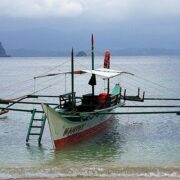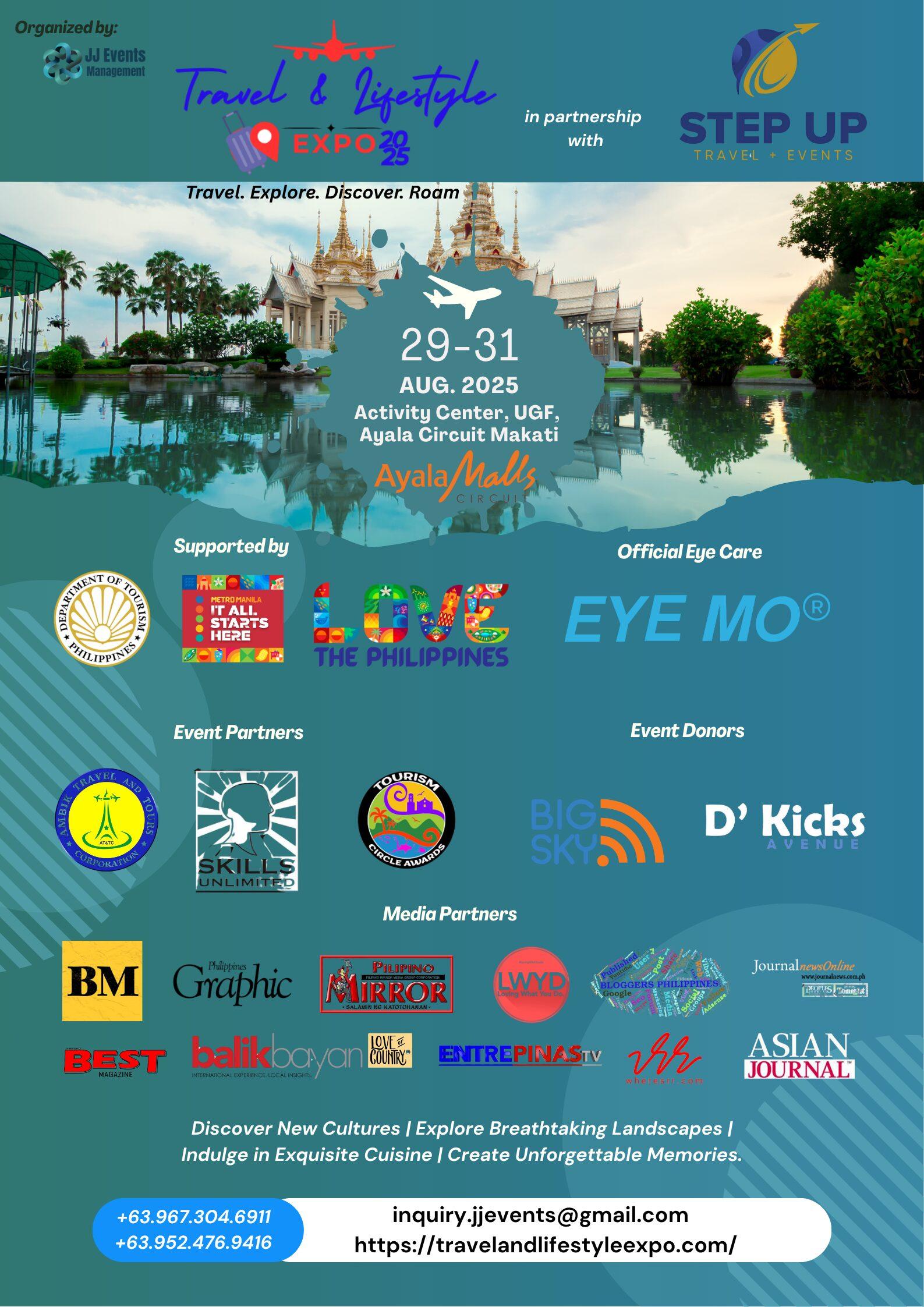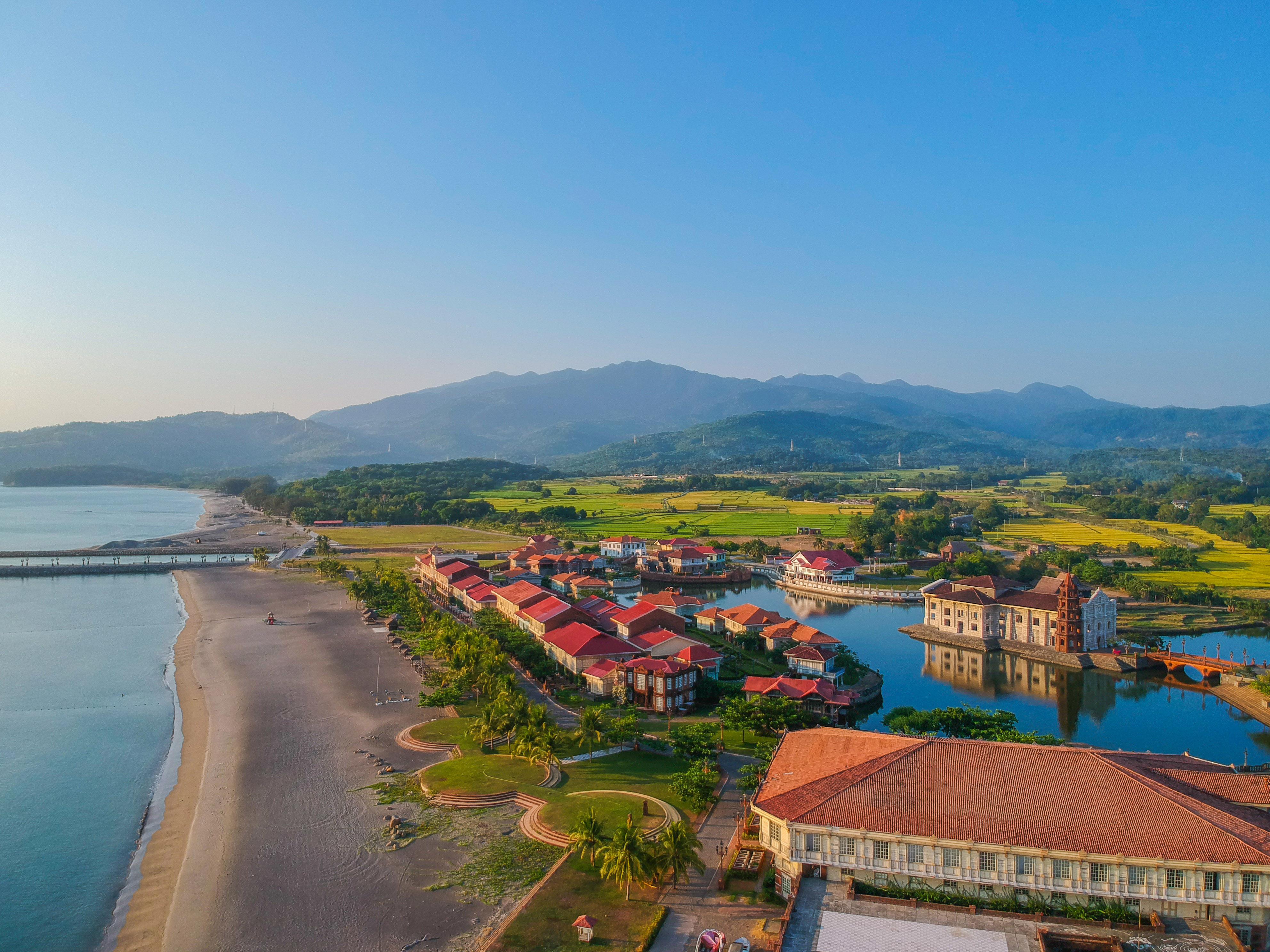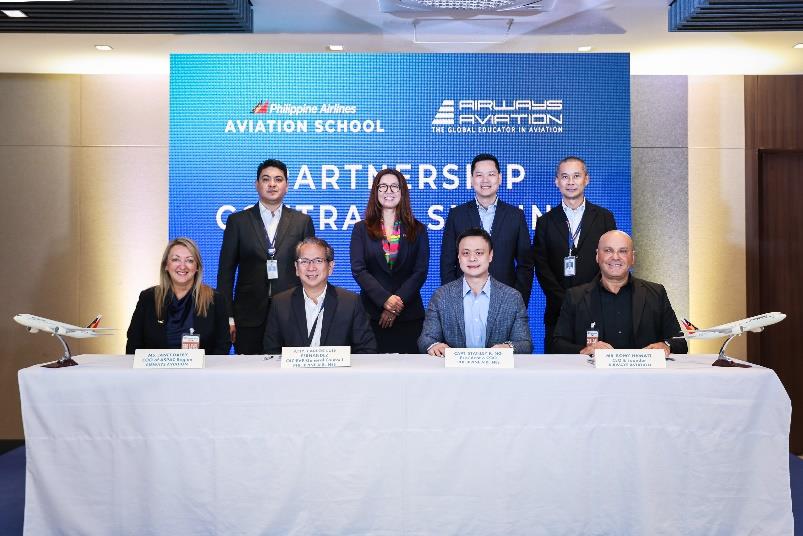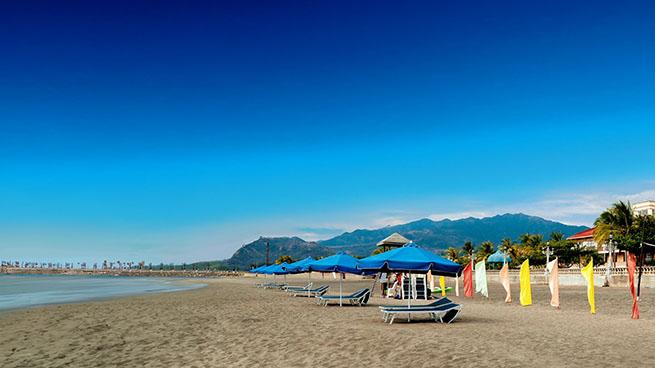The Department of Tourism (DOT) welcomes the amended guidelines from the Inter-Agency Task Force on the Management of Emerging Infectious Diseases (IATF-EIMD) regarding the more liberal interzonal and intrazonal movement of persons traveling between destinations under general community quarantine (GCQ) and modified general community quarantine (MGCQ).
Under IATF Resolution No. 79, “the interzonal movement of non-authorized persons outside residences (non-APOR) between areas placed under GCQ and MGCQ for any purpose shall be permitted subject to the reasonable regulations imposed by the local government unit (LGU) concerned, if any, and which should be submitted to the Department of the Interior and Local Government (DILG), or in the case of Boracay Island, subject to those imposed by the Boracay Inter-Agency Task Force (BIATF).”
During the 79th meeting of the task force, the body also approved the recommendation to gradually expand the age group allowing individuals from 15-years old to 65-years old to go out of their residence.
DOT Secretary Bernadette Romulo-Puyat said, “These new policies, approved by the IATF, support the Department’s programs aimed at rebuilding the tourism industry to bring back lost jobs and livelihoods and stir local economies.”
Puyat noted that the amended guidelines will empower LGUs to responsibly reopen their respective destinations to more areas outside their province or region with the minimum health and safety measures in place. This will also complement the DOT’s strategy to develop tourism circuits and travel corridors, such as the Ridge and Reef Corridor Plan between Baguio City and the provinces of Region 1, to help revive tourism under the new normal.
Yesterday, October 15, Ilocos Norte welcomed residents of Luzon for leisure travel. Last October 1, Boracay Island extended its reopening to all local travelers, even those coming from GCQ areas. Both aforementioned places have required a negative RT-PCR test before travel, online registration and health declaration at their respective LGU websites, and an issuance of a QR code for contactless transactions and contact tracing purposes, from travelers before entry. As stated in the amended guidelines, Boracay Island’s regulations will still follow those set by the BIATF.
“The flexible travel movements, however, do not mean that we will be relaxing our health standards. We will continue to work with the LGUs in enforcing safety protocols and enhanced hygiene measures in all sectors of the tourism industry.” Puyat stressed.


